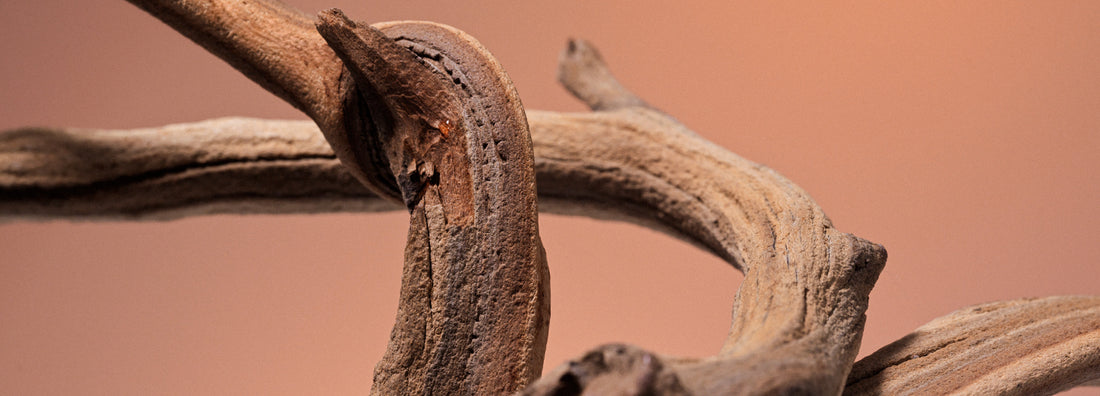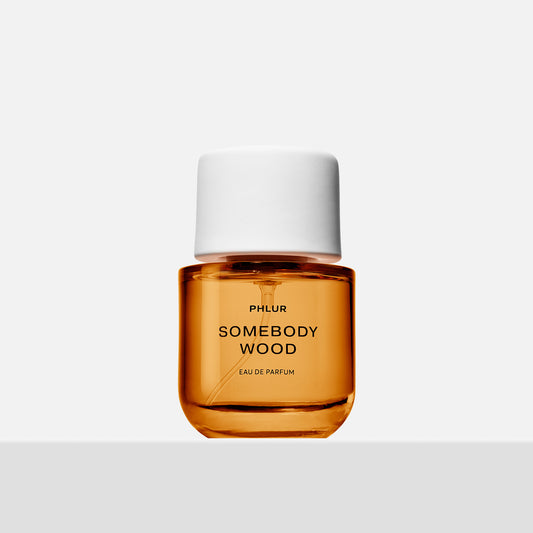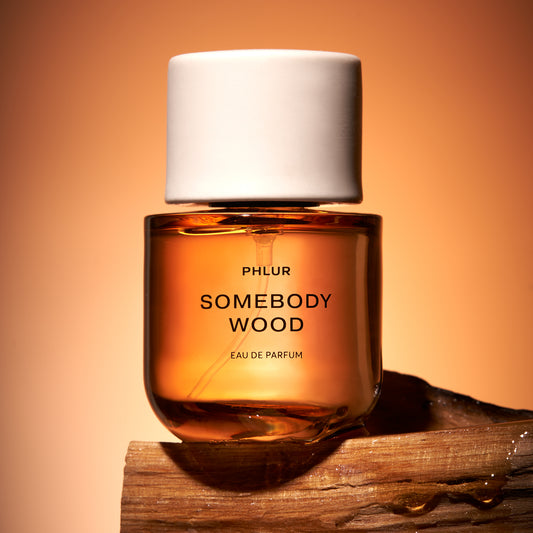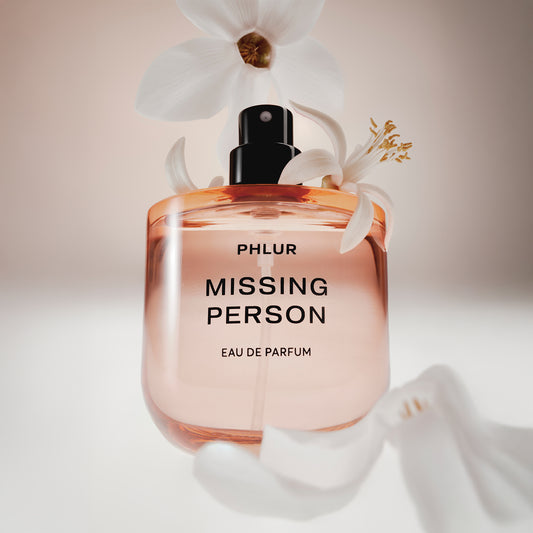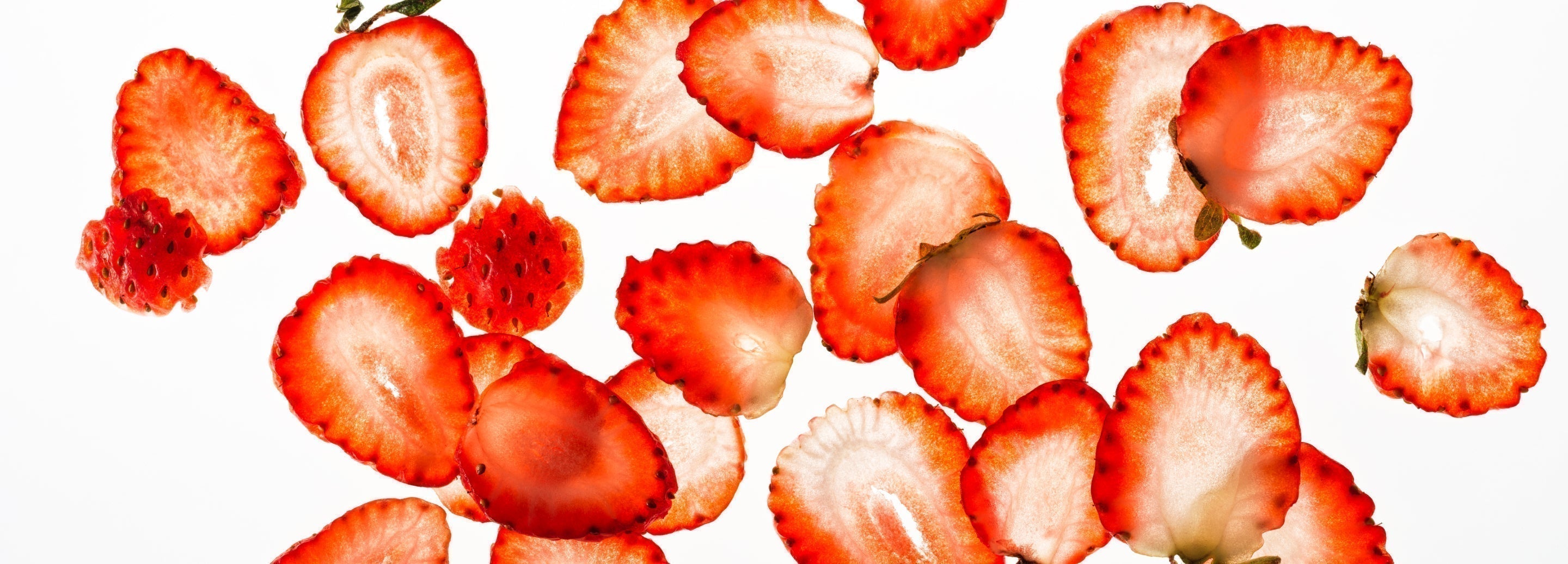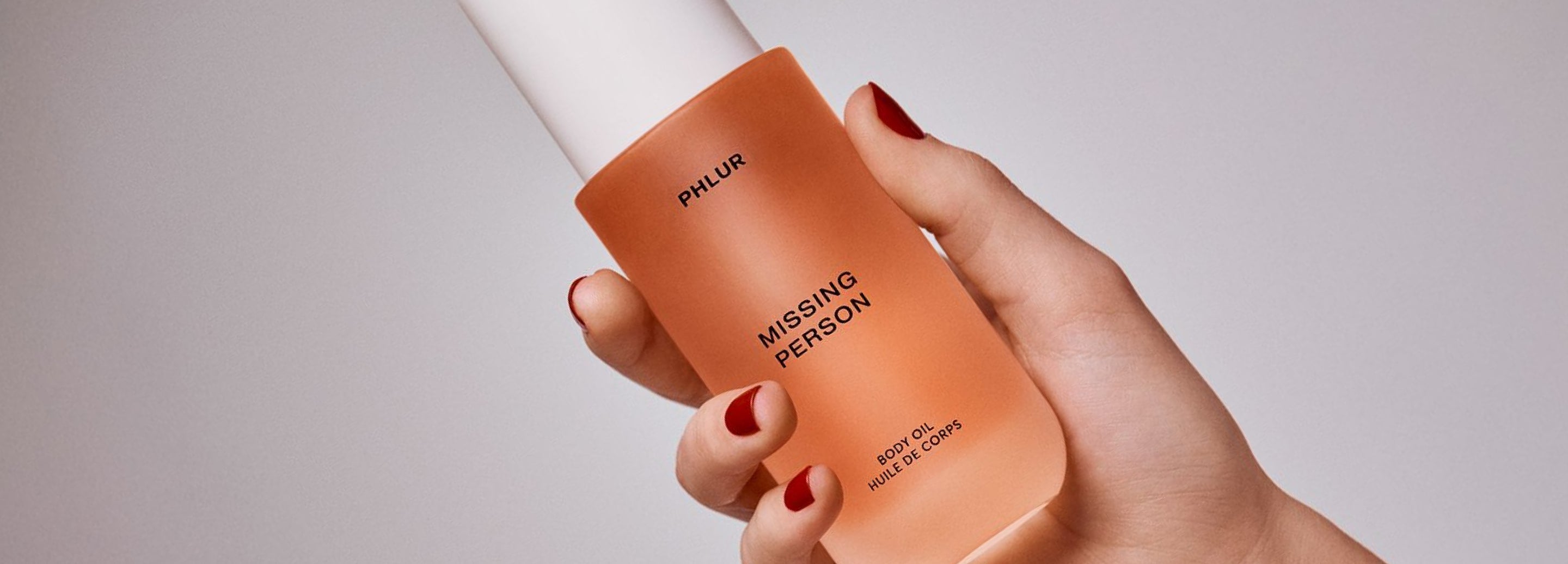What Is Sandalwood?
One of the oldest known perfumery ingredients, sandalwood is prized for its smooth, milky, creamy, woody profile. Historically derived from sandal trees in India, ours is synthetically—and sustainably—lab-developed, since natural sandalwood has sadly been overharvested to the point of near extinction and therefore is a vulnerable species.
Origin:
Sandalwood has been used in fragrances for thousands of years. It was historically derived from sandal trees in India, and could be found through Egypt, Greece, and Rome. Australian Sandalwood, Santalum spicatum is an alternative to Indian Sandalwood and is easier to produce sustainably on plantations while being aromatically similar. The endangered status of Santalum album is listed as vulnerable. Sandalwood is incredibly commercially valuable and has been overharvested for many years. There are actions being taken to increase the sustainable cultivation of Indian Sandalwood due to the popularity of this ingredient.
Function:
Sandalwood is most commonly used as a base note in fragrances and can elevate other components of perfume ingredients that it is paired with.
Ingredient Type:
Sandalwood is a naturally occurring botanical ingredient extracted via steam distillation. Phlur uses a lab-developed scent molecule variation of Sandalwood that is indistinguishable from natural sandalwood, and is safe for skin and the environment.
Sandalwood Scent Profile:
Sandalwood has a smooth, milky, creamy, and woody scent profile. It is known to be both warm and relaxing. Sandalwood can bring about a richness to a fragrance it is incorporated into.
What Fragrance Family is Sandalwood in?
Sandalwood belongs to the woody fragrance family.

